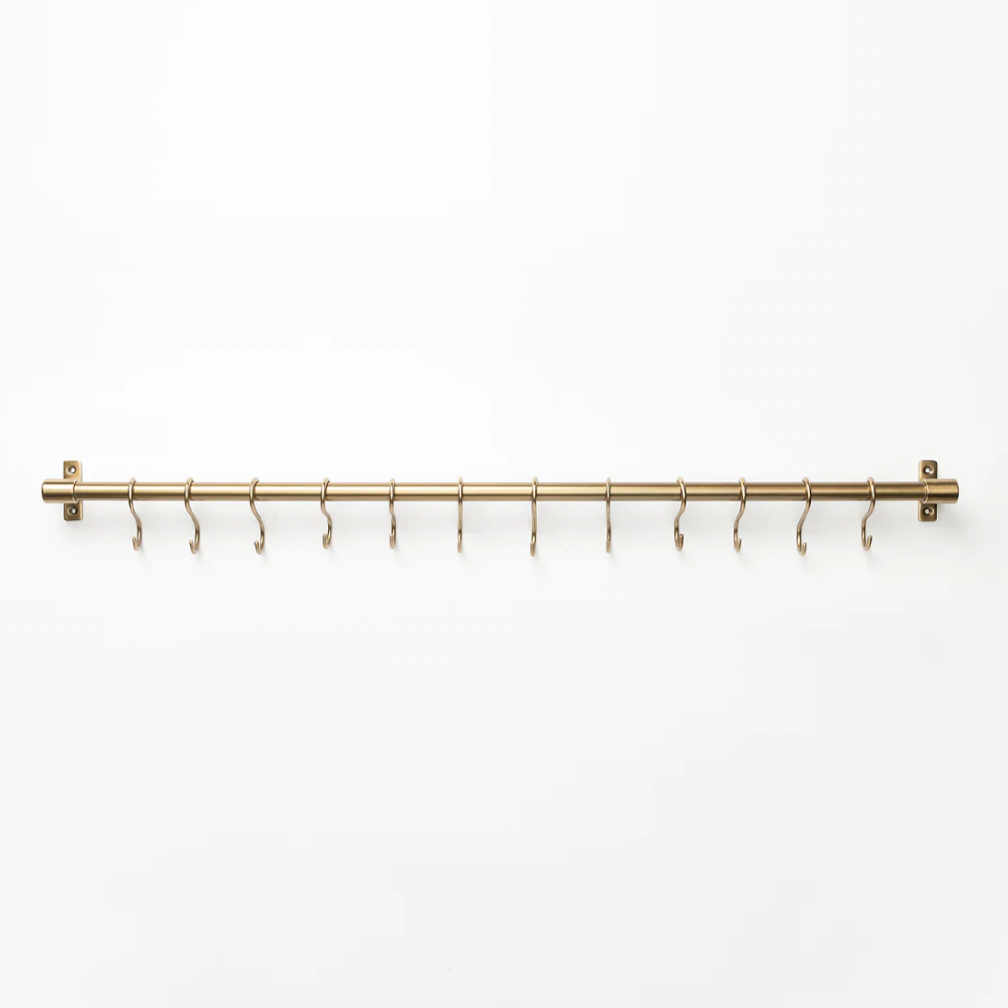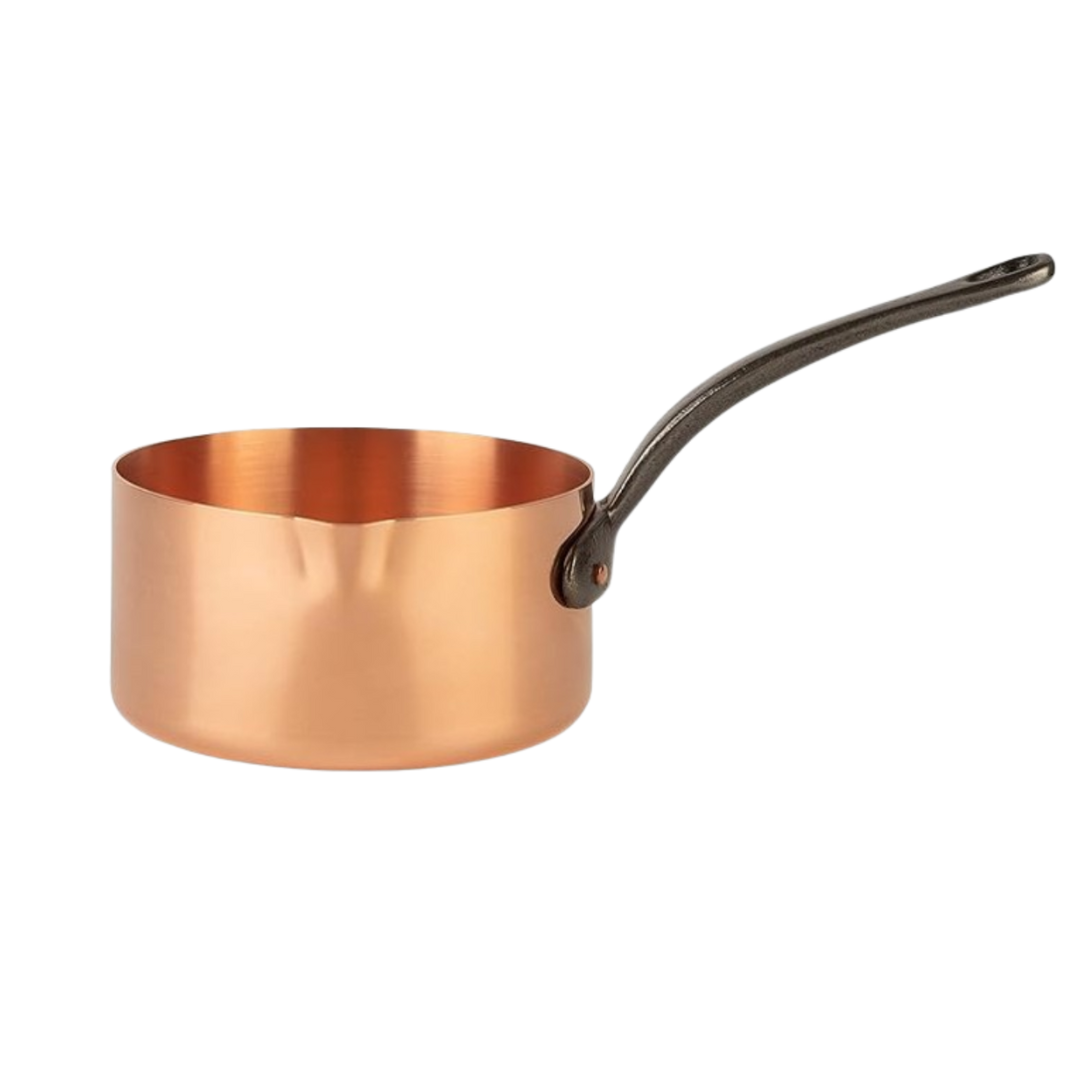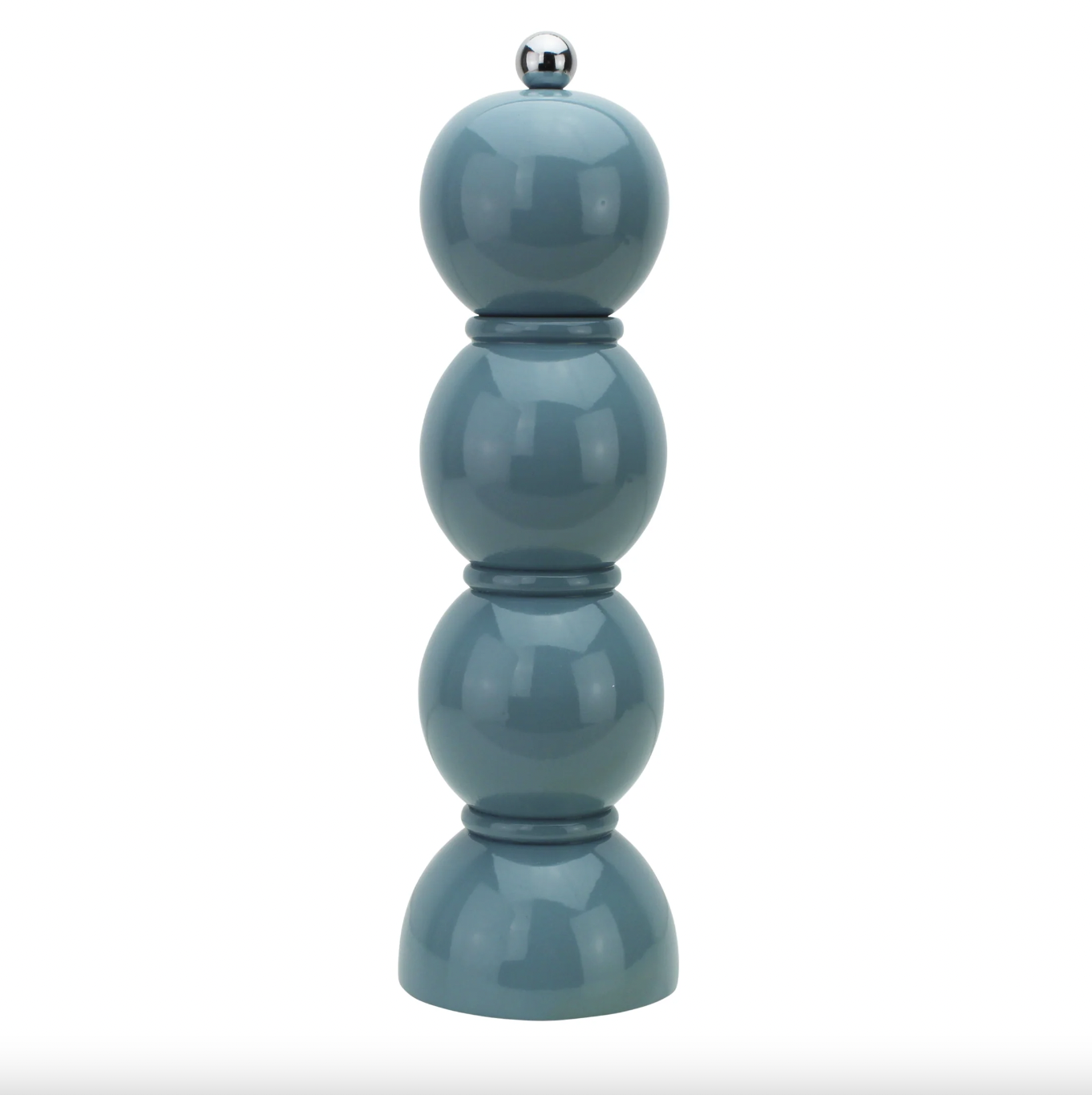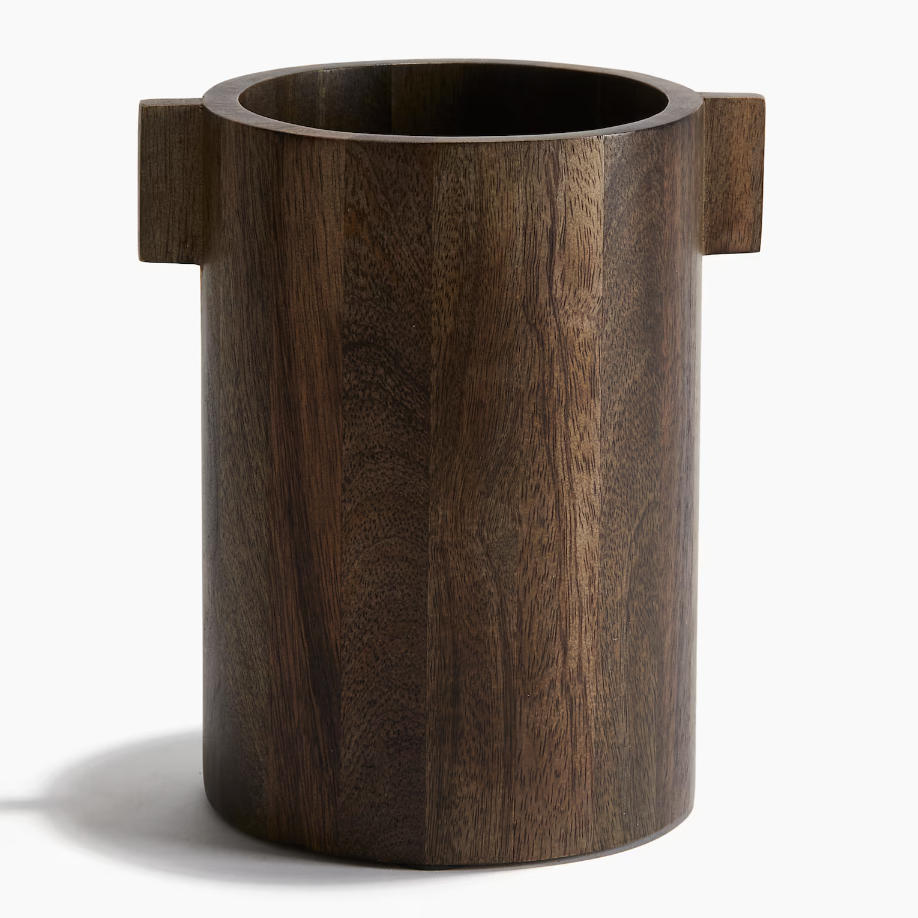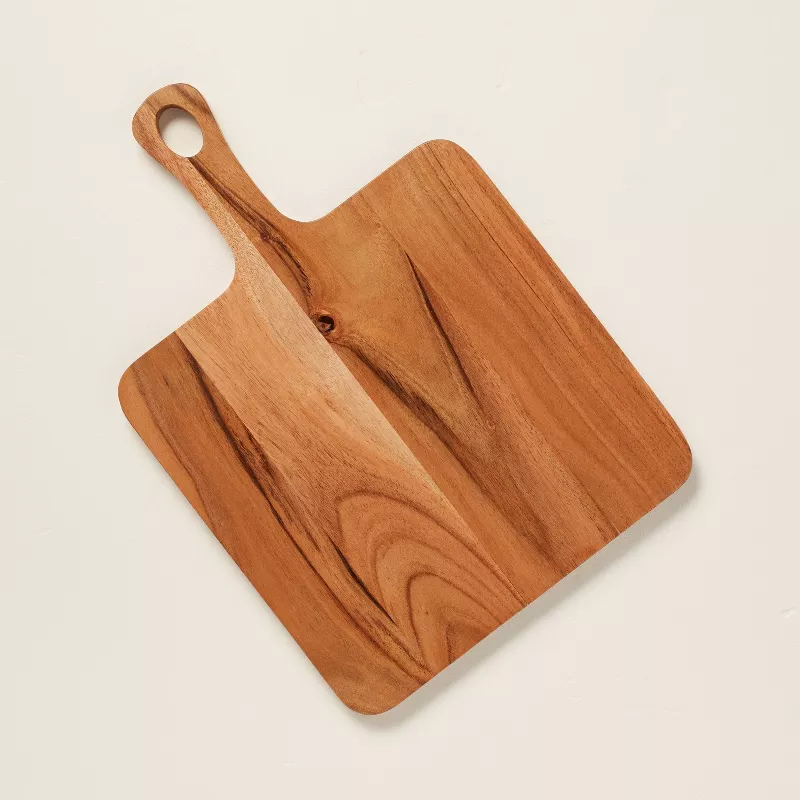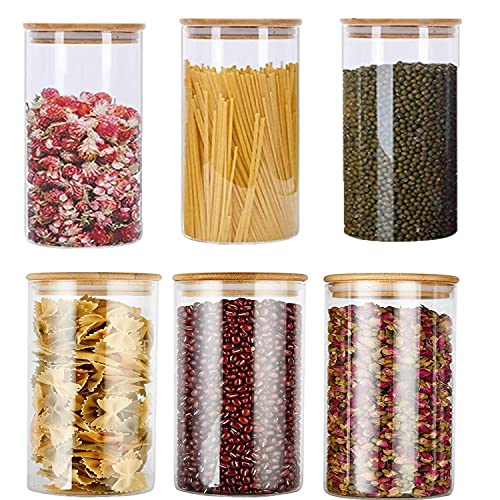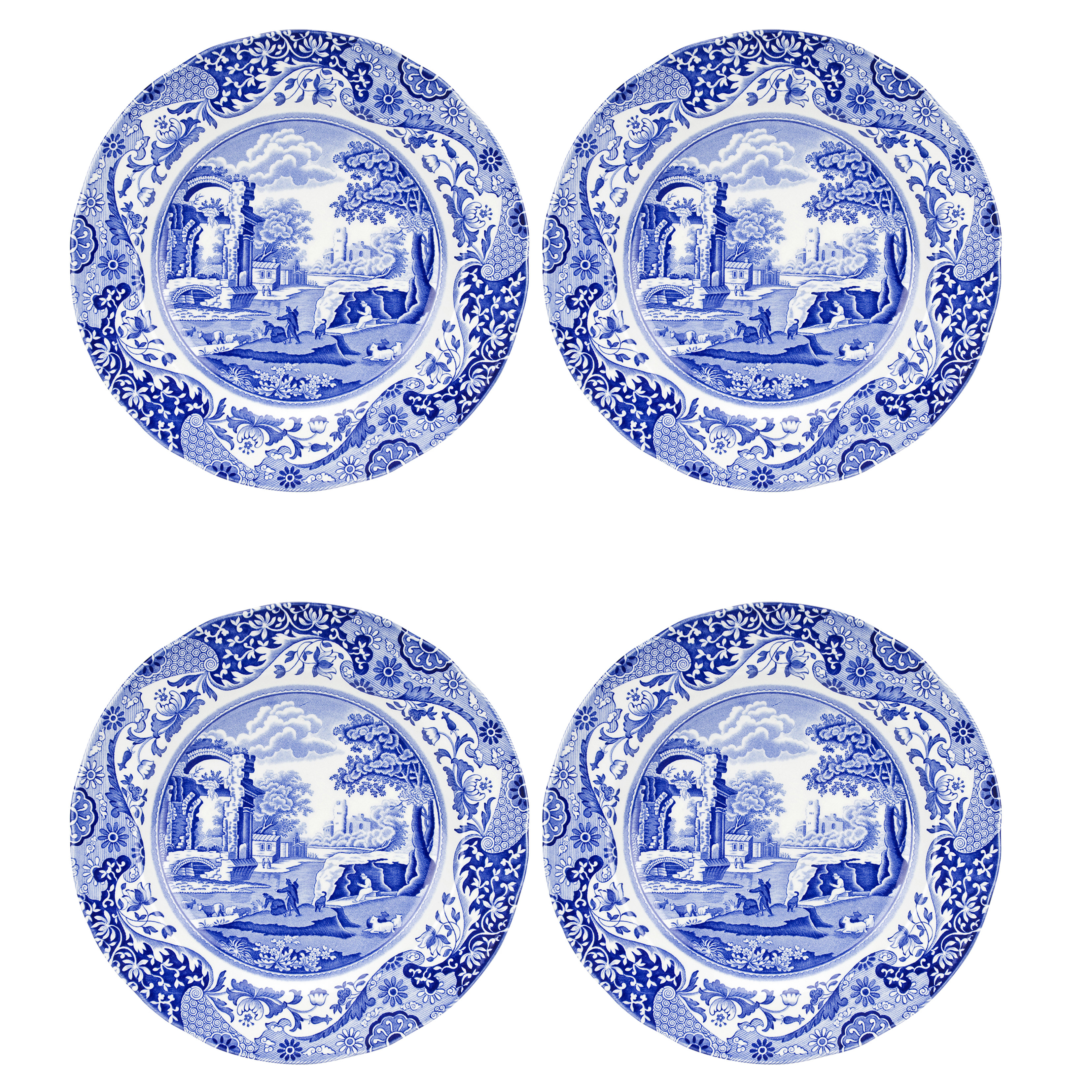9 designer-approved ways to turn your kitchenware into decor that deserves to be seen
Rather than hide your kitchenware behind closed cabinet doors, give it pride of place with these decorative ideas for a more characterful kitchen
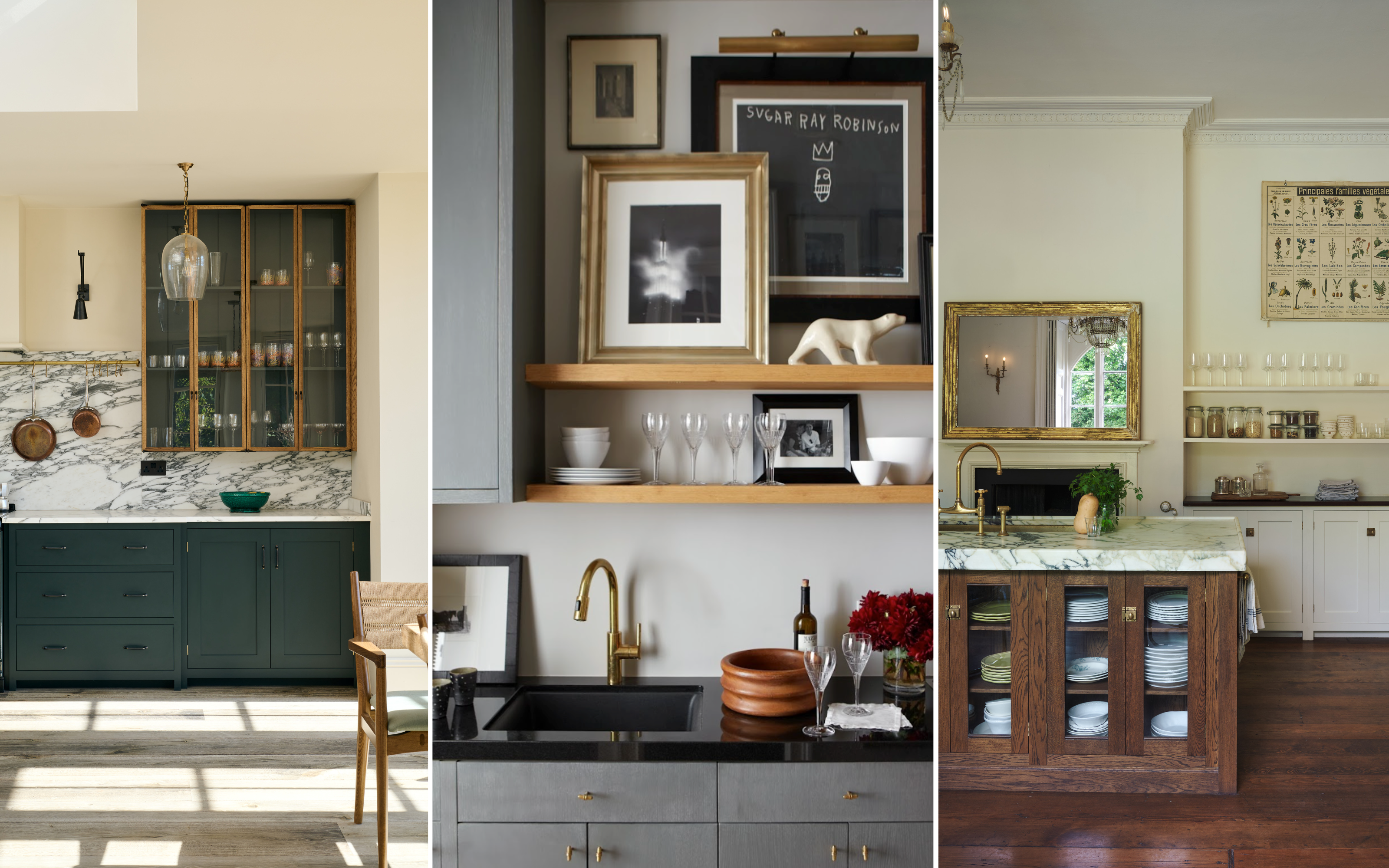
- 1. Opt for open shelving
- 2. Make use of utensil rails
- 3. Choose glass-fronted cabinets
- 4. Style a collection of wooden cutting boards
- 5. Curate a stylish glassware collection
- 6. Use a vase for kitchen utensils
- 7. Hang plates on the wall
- 8. Choose beautiful cookware
- 9. Decant dry food into storage jars

When designing a kitchen, our larger furnishings and appliances take priority. We often fail to factor in minutiae such as utensils, kitchenware, and storage solutions. The default decision is to hide practical items away behind closed doors so they're out of sight, but who says the banal can't be beautiful, too?
Designers have some tricks up their sleeves to turn kitchenware into decor that deserves to be seen, not stored away. Displaying pots, pans, plates, and glasses decoratively not only makes your kitchen ideas look more characterful, but it encourages neater organization, too. It can even make for a more streamlined space by putting everyday items out on display and within easy reach.
'Items like cutting boards, plates, and glassware can be functional and decorative and add style without extra clutter,' explains interior designer Drew Michael Scott of Lone Fox. 'It’s a practical way to keep everything within reach while also showing off one's favorite pieces that help make their kitchen feel more personal and inviting.' Feeling inspired? Here's how you can integrate your run-of-the-mill kitchenware into more decorative aspects of your kitchen design.
1. Opt for open shelving
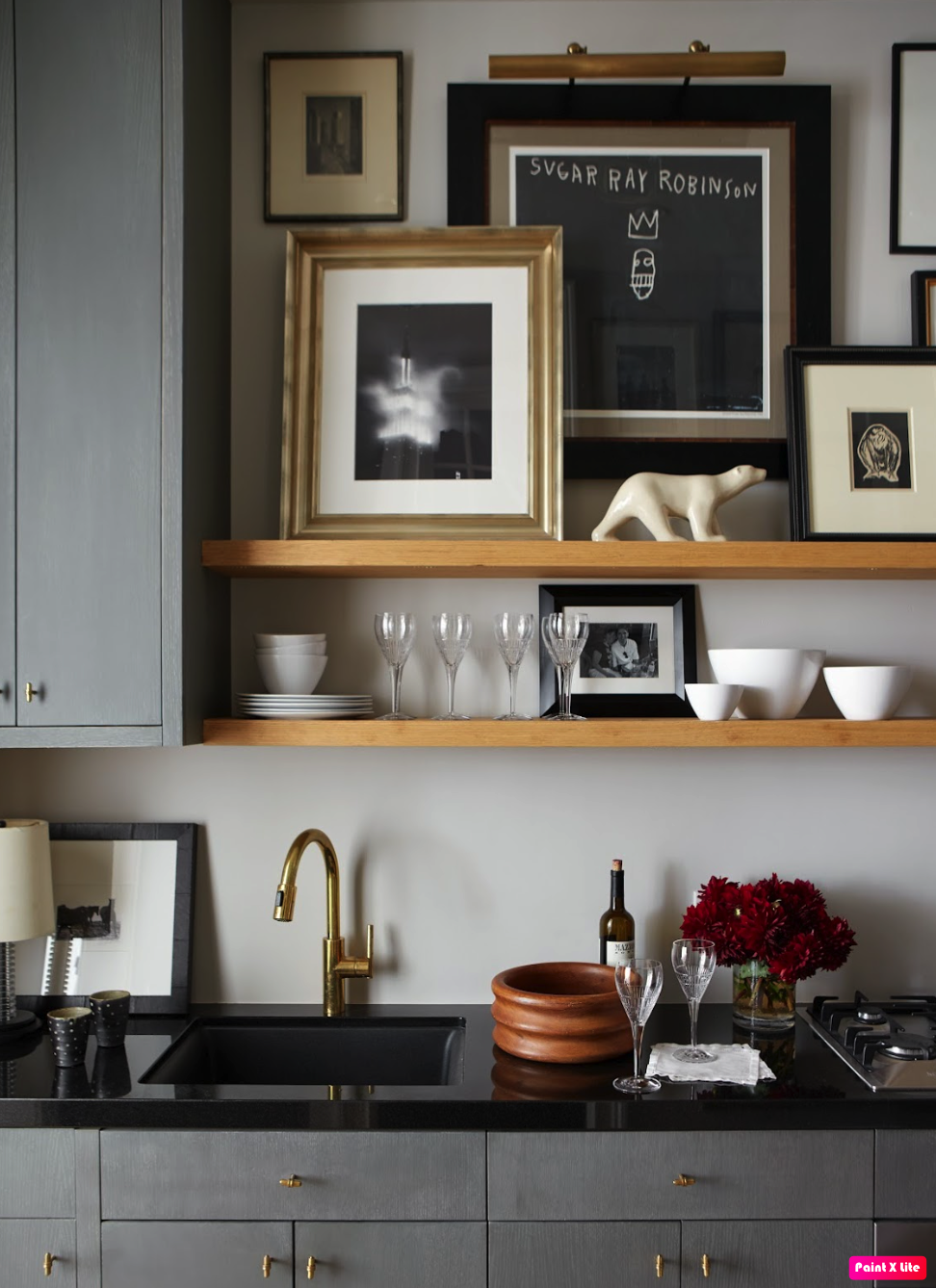
One of the biggest kitchen trends of recent years has been the use of open shelving. Rather than relying on closed cabinetry to store the likes of plates and utensils, a growing number of us are choosing to decorate shelves with practical kitchenware (as well as more decorative objet and artwork, of course).
'I find that entirely closed-off storage can make a space feel a bit sterile, and open storage makes the space feel lived in and instantly more inviting,' says Dan Mazzarini, Principal and Creative Director of BHDM Design and ARCHIVE. The kitchen pictured above is from his own apartment, and it's a great example of how kitchenware such as crockery can be used as part of your decor.
'Install an open L-shape shelf and display your favorite stemware and cookware,' suggests Dan. 'You can even layer in some art and photographs, or light it up for a showcase moment.'
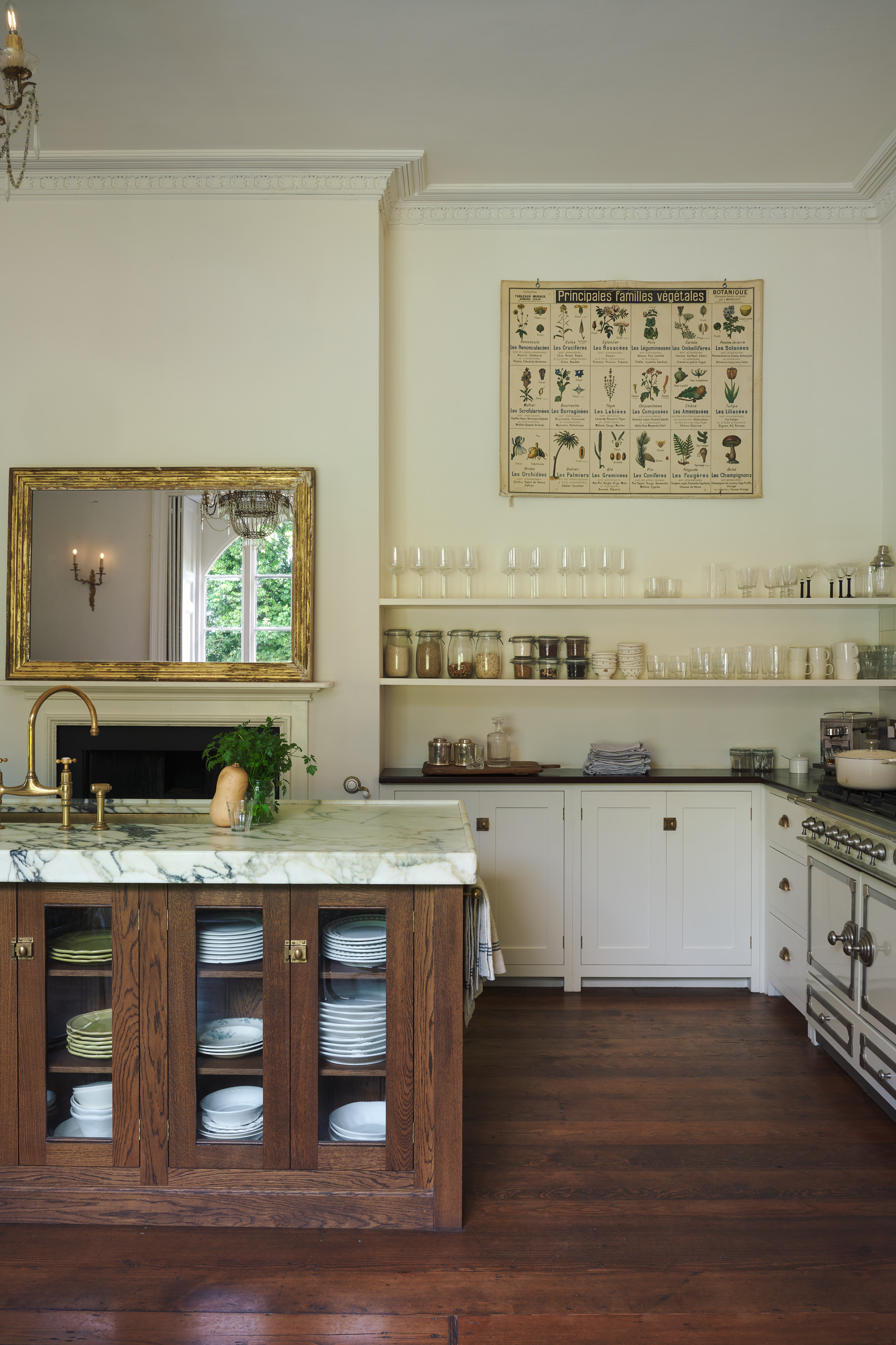
Open kitchen shelving lends itself brilliantly to uniform serveware or glassware which has a more curated look, or you can display an eclectic mix of items for a more maximalist aesthetic – the decision is up to you. Ultimately, it's about showcasing a collection of items that are uniquely yours, something Helen Parker, Creative Director of deVOL, recognizes as an increasingly important element of design.
'If you know you have taste and lovely things, then show them off and display them,' she says. 'Practical everyday things and collections are good to look at if you have chosen them with love and consideration. Why have shelves of ornaments out and all the things you use behind closed doors?'
2. Display pots and pans on utensil rails
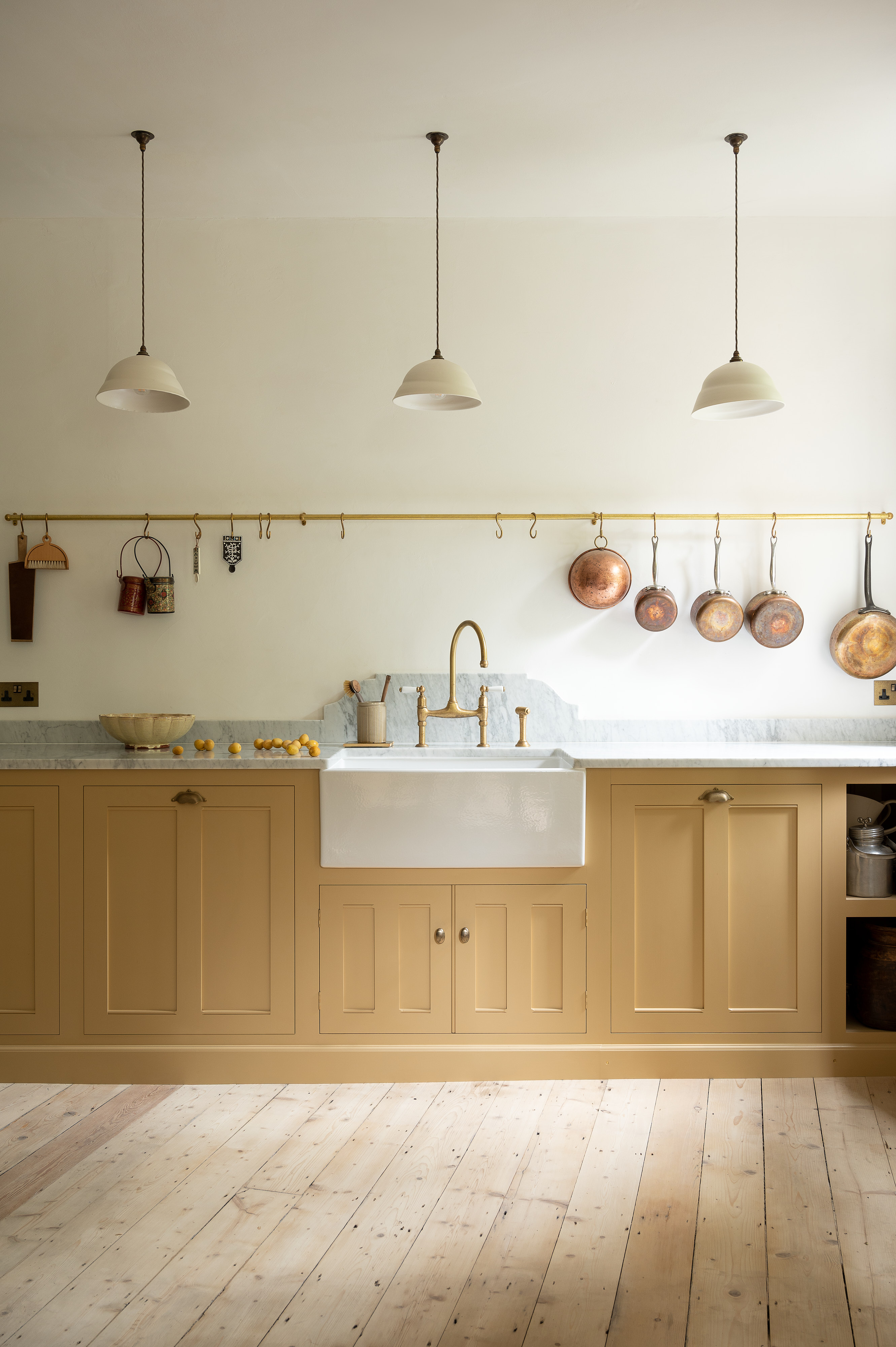
Another kitchen storage idea that encompasses kitchenware as decor is a humble utensil rail or pot rack. They're a great way to store pots and pans above an oven or countertop with the help of some S-hooks, and you can choose hardware that ties in with the rest of your kitchen design.
This traditional storage method has been around for a long time as a practical way of keeping regularly used items within easy reach, but it's now been popularized as an aesthetic, vintage-inspired decor idea. 'People who like their things on display or out rather than in cupboards are generally keen cooks or collectors,' notes Helen. 'Cooks need to grab a pan or ladle quickly and efficiently so open shelves and hanging rails mean everything is easy to put away and easy to find and use quickly.'
3. Choose glass-fronted cabinets
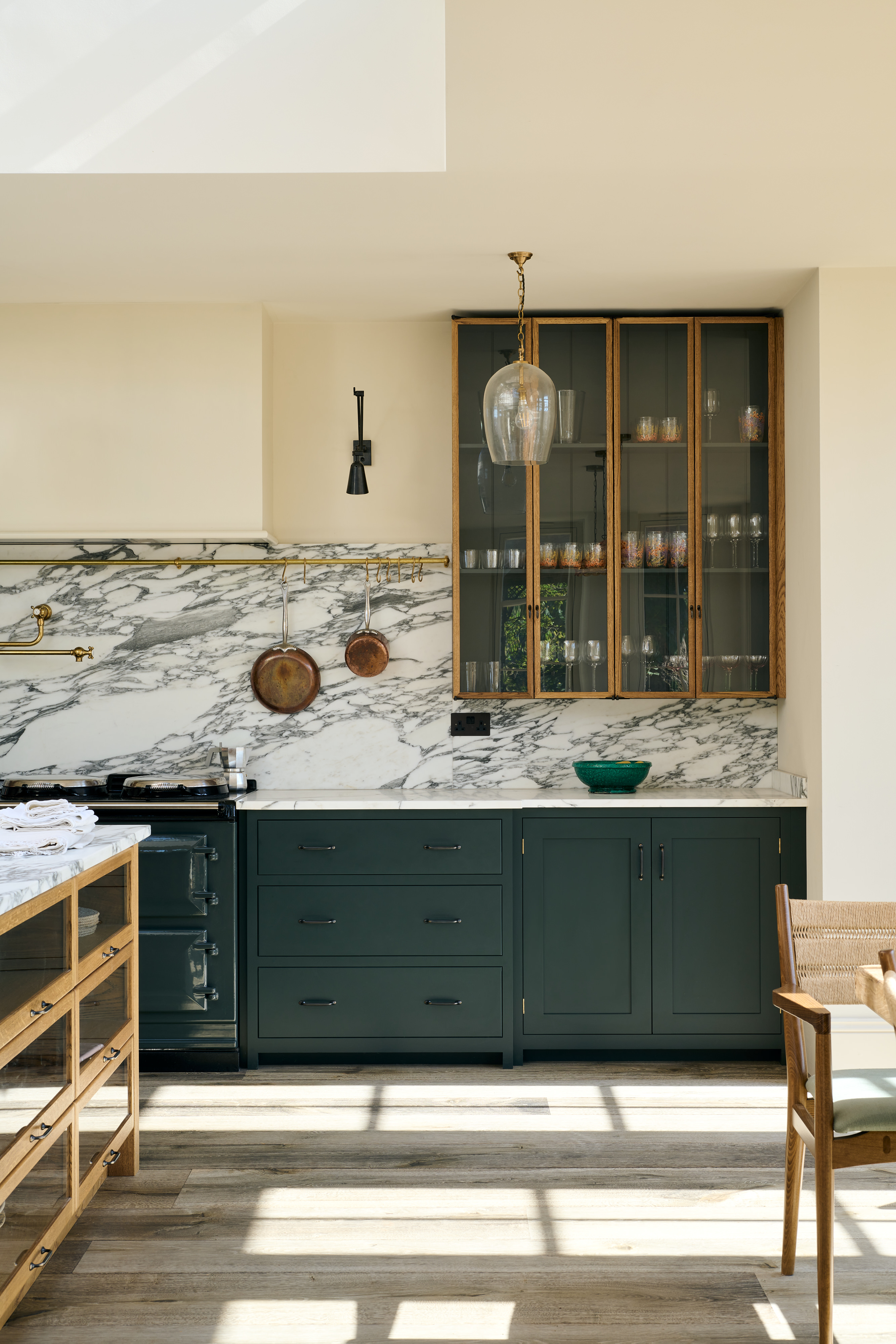
Nancy Meyers-inspired kitchen ideas have been a hot topic this year, and there's one design element that runs throughout all of them that makes for the most homey, decorative space: glass-fronted cabinets.
This traditional choice offers a great way to display your kitchenware collection while also retaining a functional physical barrier that prevents dust or grease from settling on your crockery (one of the main pitfalls of open storage). 'Displaying your everyday glassware and tableware in glass-front cabinetry allows you to showcase the things you love while keeping them protected and accessible,' says Fred Horlock, Design Director at Neptune.
4. Style a collection of wooden cutting boards
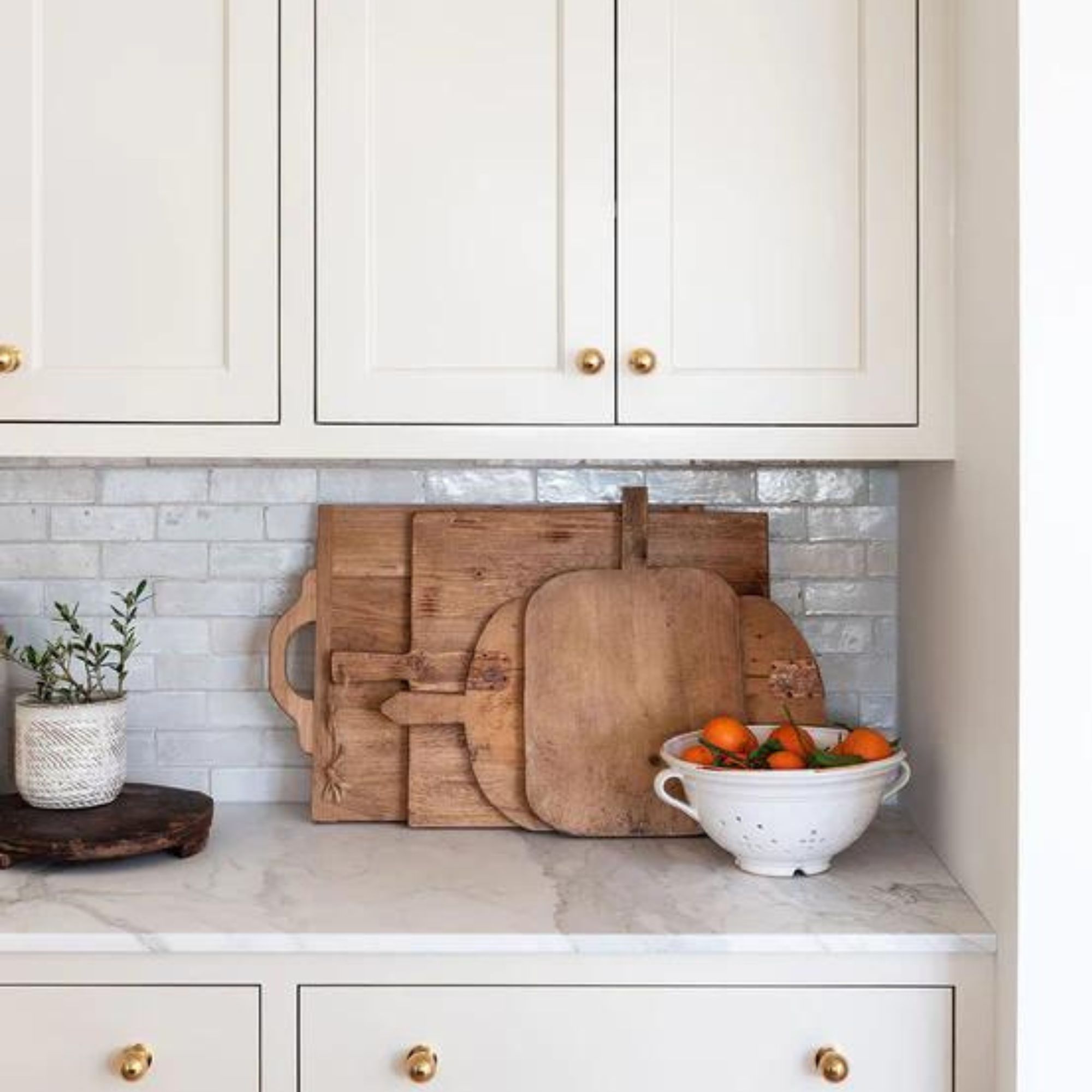
For the most part, cutting boards are mundane kitchen utensils, but why not make them contribute to your kitchen decor? Wooden ones are the best choice in terms of style (and sustainability), and when kept out on display, they create an artisanal Farmhouse kitchen idea.
Merlin Wright of British cabinet makers, Plain English, says small details such as this help create a more warm and convivial kitchen. 'We are finding that as the kitchen becomes more of an emotional space to welcome others and spend more time in, areas of open storage are becoming more popular,' he says.
To create this comfortable, lived-in feel, keep a large chopping block out on display and lean various smaller ones against your backsplash for a vintage French kitchen-inspired look. (You can even strategically place them so they cover power outlets.)
5. Curate a stylish glassware collection

A set of matching glassware will never age, and whatever style you own already is guaranteed to look good styled on open shelving or in a display cabinet. (To avoid dust, grease, and endless polishing, we suggest the latter.)
'Housing glassware on open shelving creates a welcoming feel, combining practicality with an accessible, relaxed style,' says Fred. 'Whether in the pantry or main kitchen, keeping your glassware on display can make a space feel both curated and personal.' The best glassware doesn't have to be expensive, either; IKEA tumblers will look just as decorative on a shelf as your antique champagne coupes.
If you don't have the space for a glassware collection on your shelves, you could invest in a glass bar car instead. 'A drinks trolley can add fun to a cocktail hour and display your bottles and glassware in a fun way rather than it taking up space in a cabinet,' says Manuela Hamilford, Creative Director at Hamilford Design. They're also easily portable, making them great for hosting.
6. Use a vintage vase for kitchen utensils
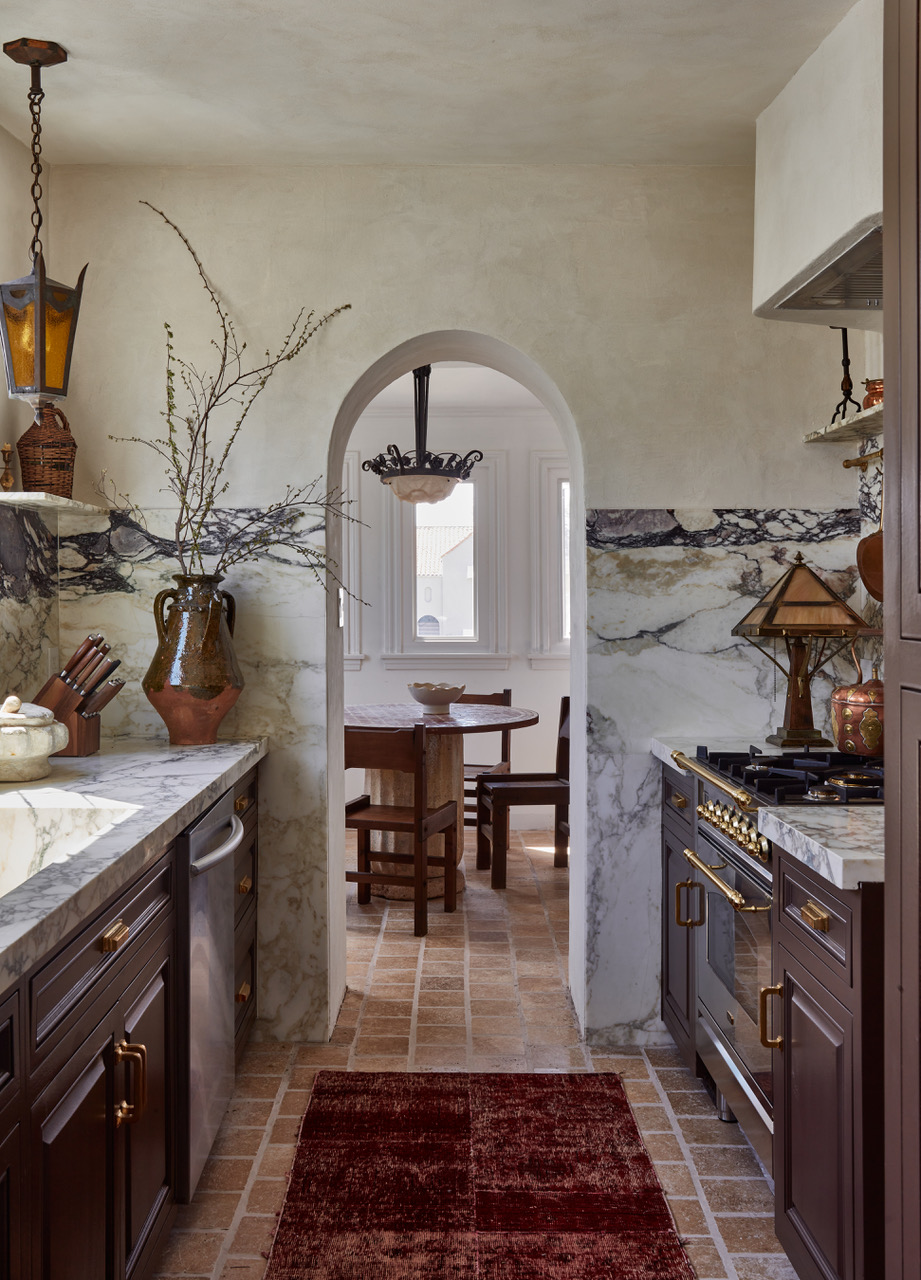
Most of us have at least some our kitchen utensils displayed in a holder of some kind, but they're so ubiquitous that we rarely recognize their design potential. It's so easy to overlook these everyday details, but why shouldn't a utensil jar contribute to our kitchen design?
Interior designer Drew Michael Scott of Lone Fox says they absolutely should. 'Try using a decorative vase to hold your kitchen utensils,' he suggests. 'It's an easy way to keep them within reach while adding charm to your countertop.' Even if you don't want to repurpose your favorite vase, consider switching out your utensil holder to one that better suits your style. A vintage ceramic option would look beautiful in a cozy cottage kitchen idea, while a sleek mango wood holder like this one from H&M Home would marry perfectly with a more minimalist aesthetic.
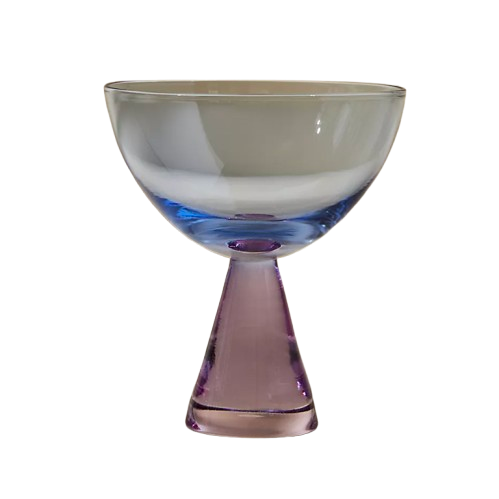
This set of four coupe glasses comes in various shades to add a burst of color to your open shelves. We especially love how the stem has a slight variation from the bowl.
7. Hang plates on the wall
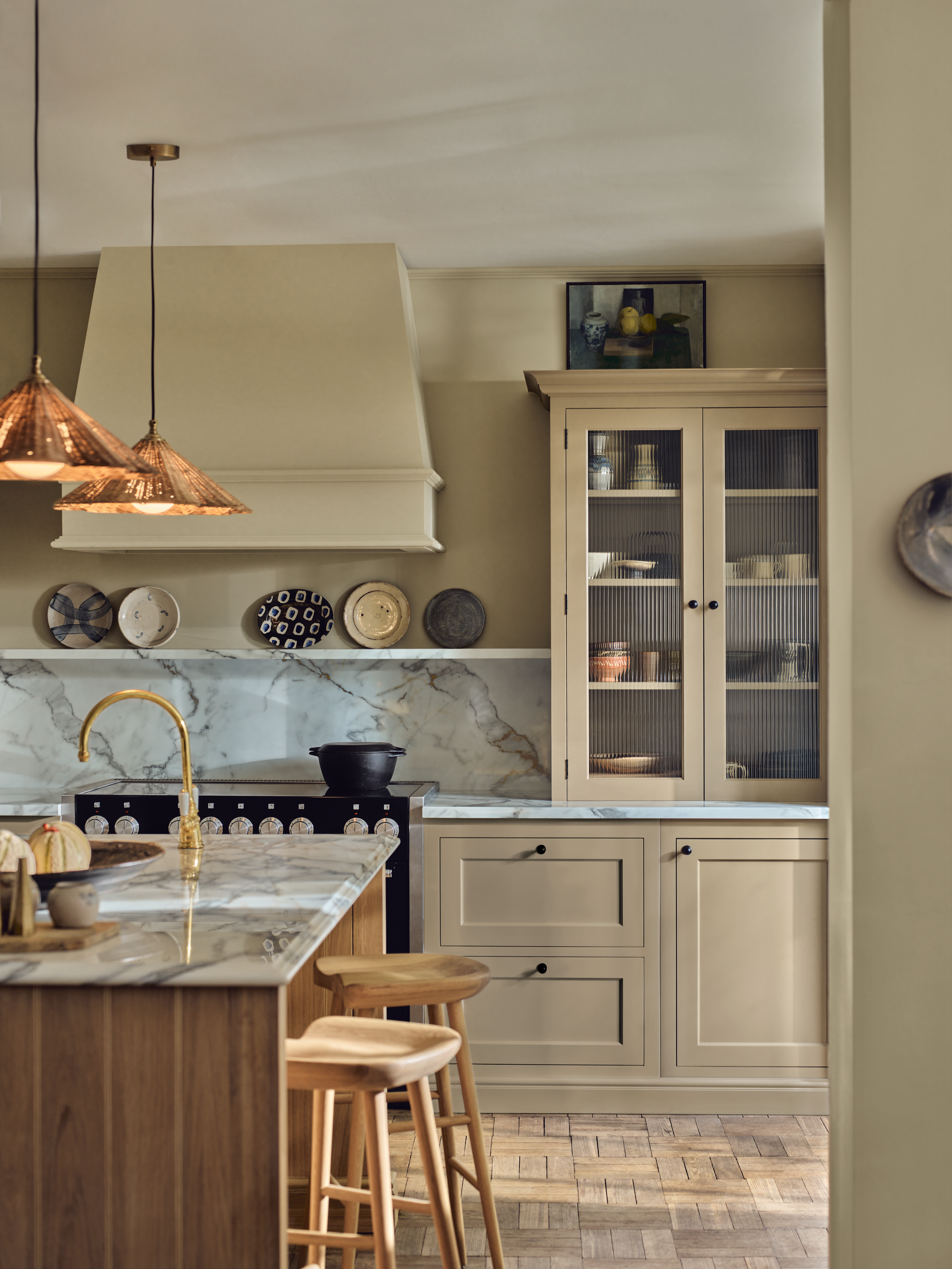
Some plates are so pretty they deserve to be seen throughout the day, not just at mealtimes. If you have decorative china, why not make a statement by hanging plates up as an alternative to a gallery wall?
This is an especially good way to utilize family heirlooms or antique collections that you don't want to actually use as plates. 'Displaying collections or kitchenware that's meaningful to you and making them part of your decor can add personality and make it feel like a true home,' says Gideon Mendelson, Founder and Creative Director at Mendelson Group.
To display your plates, you can either use wire hangers if you want them to float like artwork, or Merlin suggests displaying plates and bowls on an open dresser, as shown above. 'Open shelving is well suited to storing platters and bowls you use more regularly so they don’t have time to get dusty,' he says. 'It also provides an opportunity to display china or pots tied to a particular time of year, such as Easter or Christmas.'
8. Choose beautiful cookware
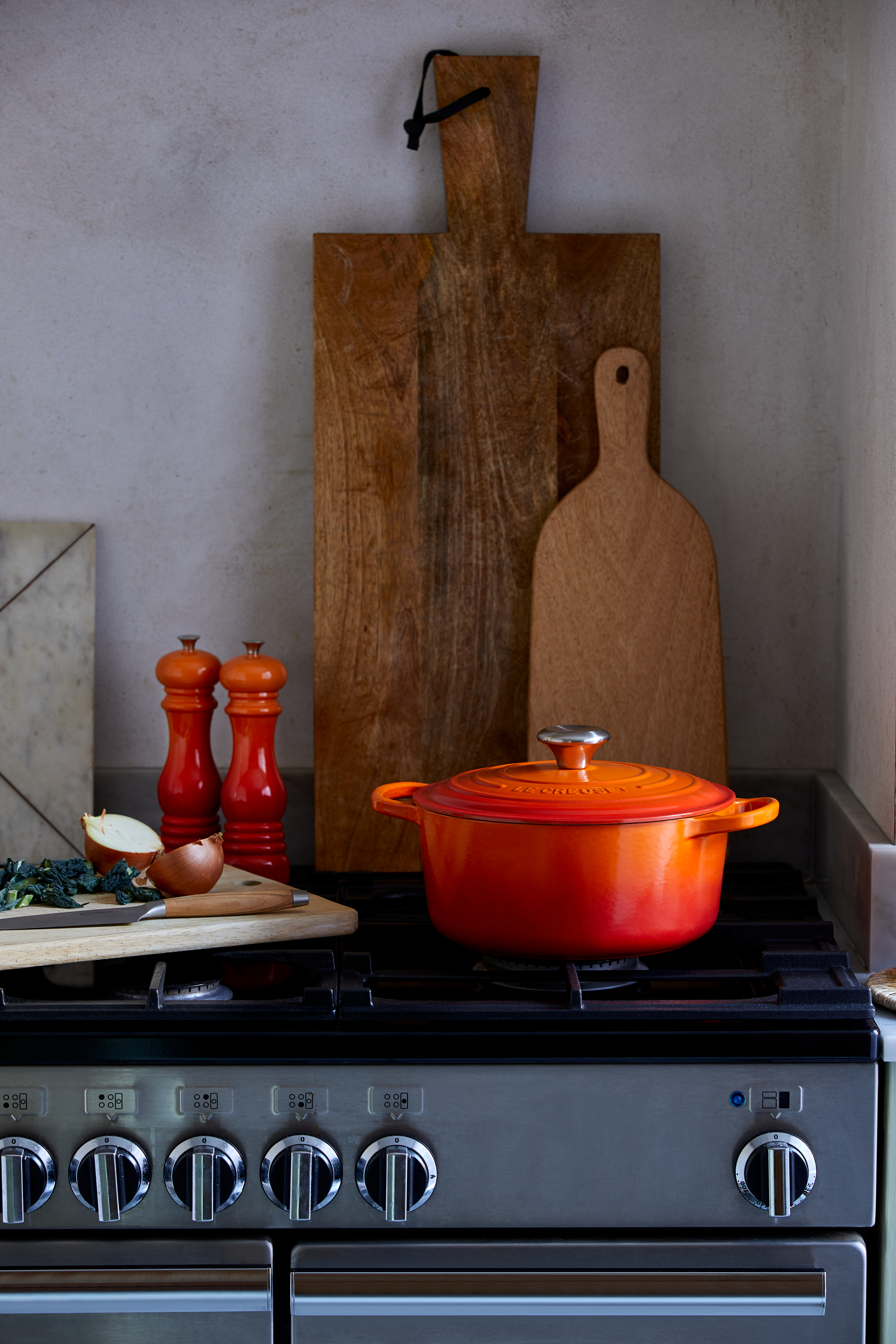
While plates and dinnerware tend to be a more decorative kitchen idea than the likes of pots and pans, there's no reason why your cookware can't be beautiful, too. Choose a set of cast iron pans in your favorite color and you won't ever want to hide them in a cabinet again. Our recommendation is of course Le Creuset. These classic pans come in an array of shades and they also offer a range of other kitchenware and accessories, too.
You don't need to stop at your pans, either. Manuela says all of your utensils should be worthy of display. 'Kitchens are being influenced more and more by high-end restaurants, with people wanting that dining out feeling at home,' she says. 'We recently designed a Japanese restaurant (Juno Omakase) and the storage became part of the design elements. Bespoke open shelving can be functional and beautiful, and we used it to display decorative items such as specialist knives.'
9. Decant dry food into storage jars
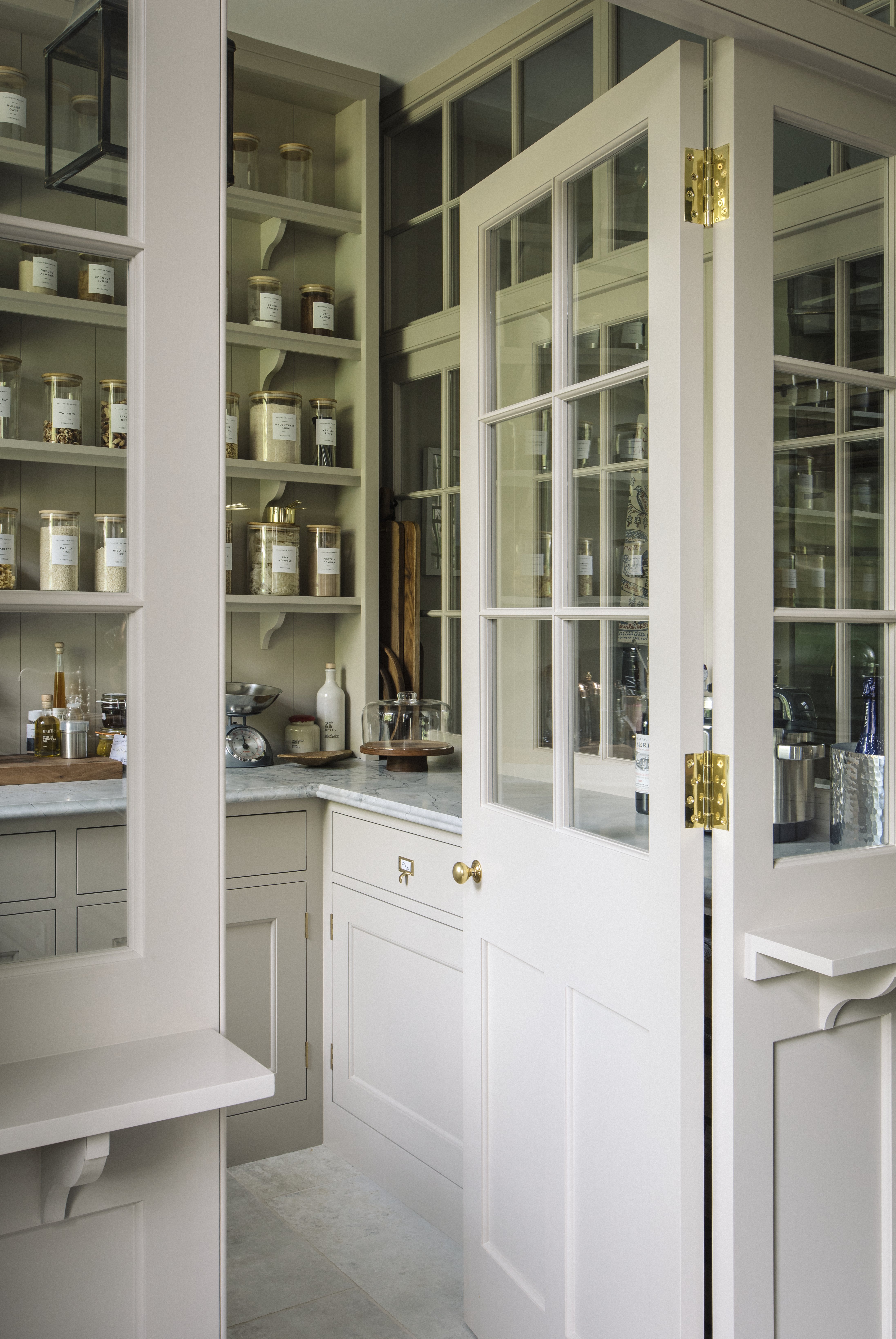
Turning your kitchenware into decor can even go as far as your food and ingredients themselves. Decanting dry foods into uniform containers or mason jars is a pantry idea that designers are using more frequently, and it can bring a whimsical cottage-core feel to any space.
'We use clear mason jars to display foods such as pasta and grains,' explains Manuela. 'Displaying stored food balances warmth and practicality, allowing kitchens to feel both curated and lived-in. Beautifully arranged jars of grains, spices, and dried ingredients feel organic, bringing in natural textures and colors into a home.'
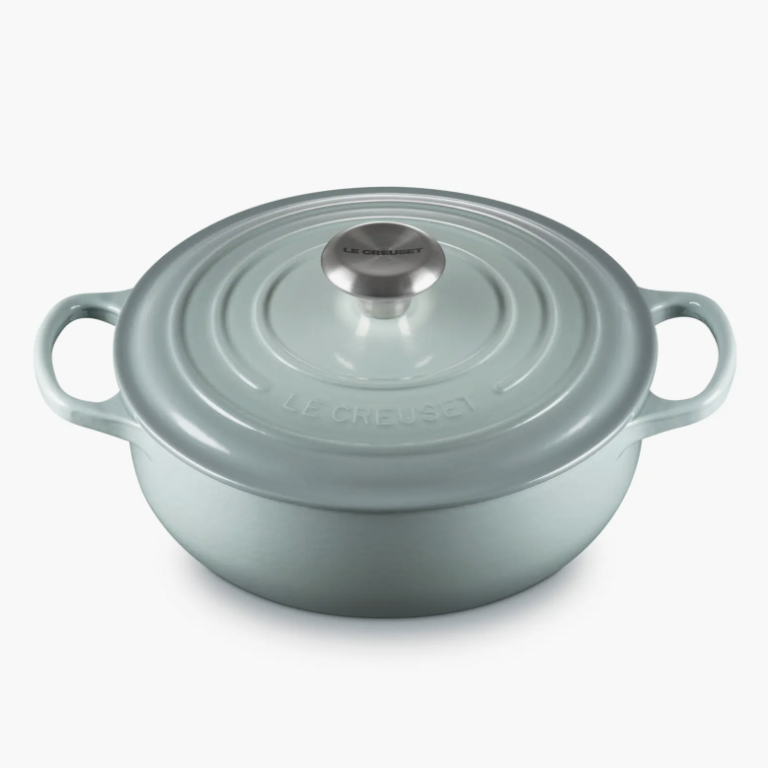
When it comes to cast iron pans, it doesn't get better than Le Creuset. These classic pans come with a lifetime guarantee and there's an array of colors to choose from to suit your style.
As these cases prove, your kitchenware can contribute as much to your kitchen design as your more intentionally decorative items do. In today's world, there's no reason why humdrum details can't be aesthetically alluring, too.
Sign up to the Homes & Gardens newsletter
Design expertise in your inbox – from inspiring decorating ideas and beautiful celebrity homes to practical gardening advice and shopping round-ups.

Lilith is a freelance homes and interiors writer. As well as contributing to Homes & Gardens she's written for various other titles homes titles including House Beautiful and Livingetc.
-
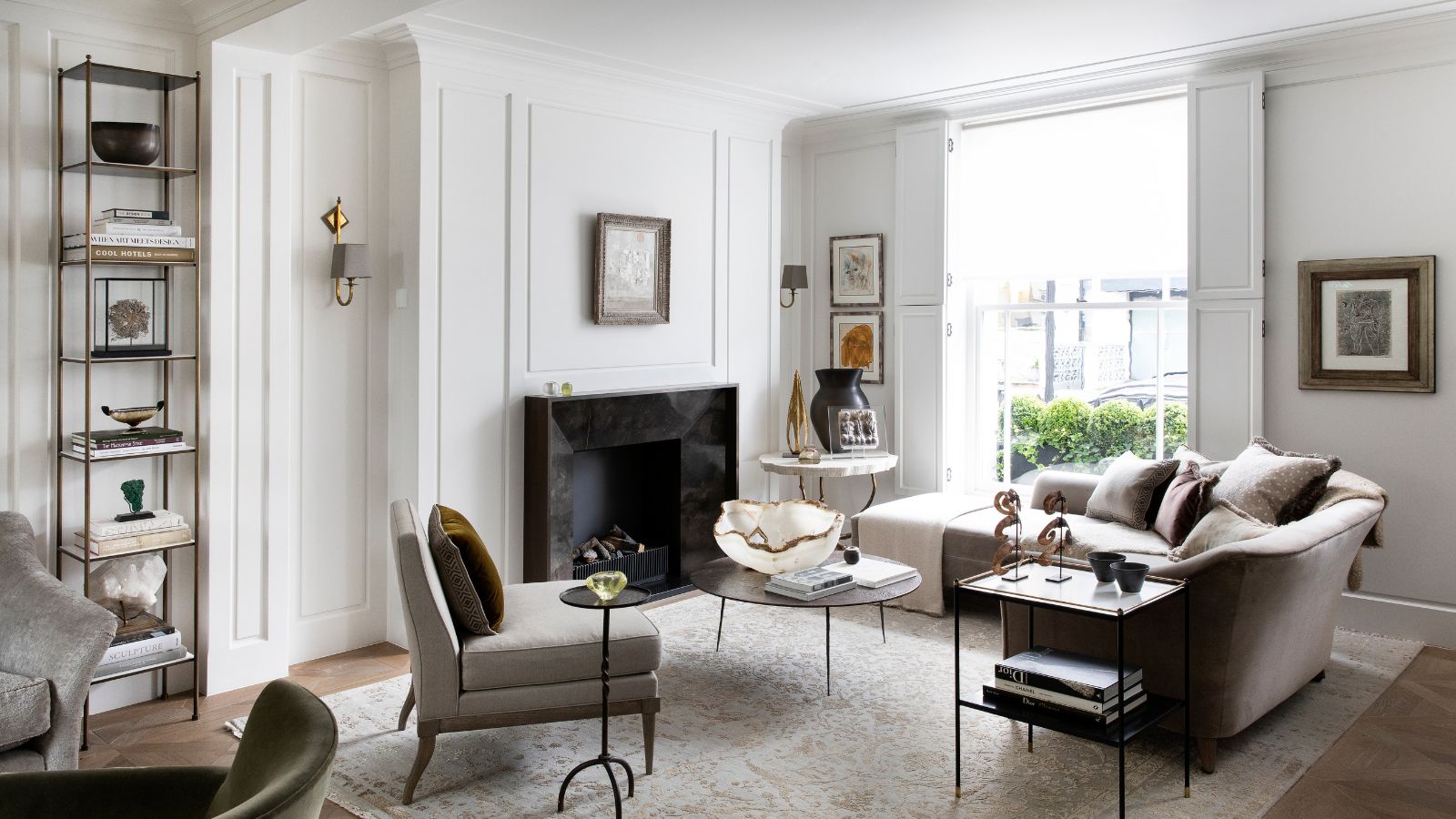 Engineers reveal the 4 common faults they're always fixing in Shark vacuums – and how you can prevent them from happening
Engineers reveal the 4 common faults they're always fixing in Shark vacuums – and how you can prevent them from happeningThese checks will restore your Shark vacuum to its former glory
By Dan Fauzi
-
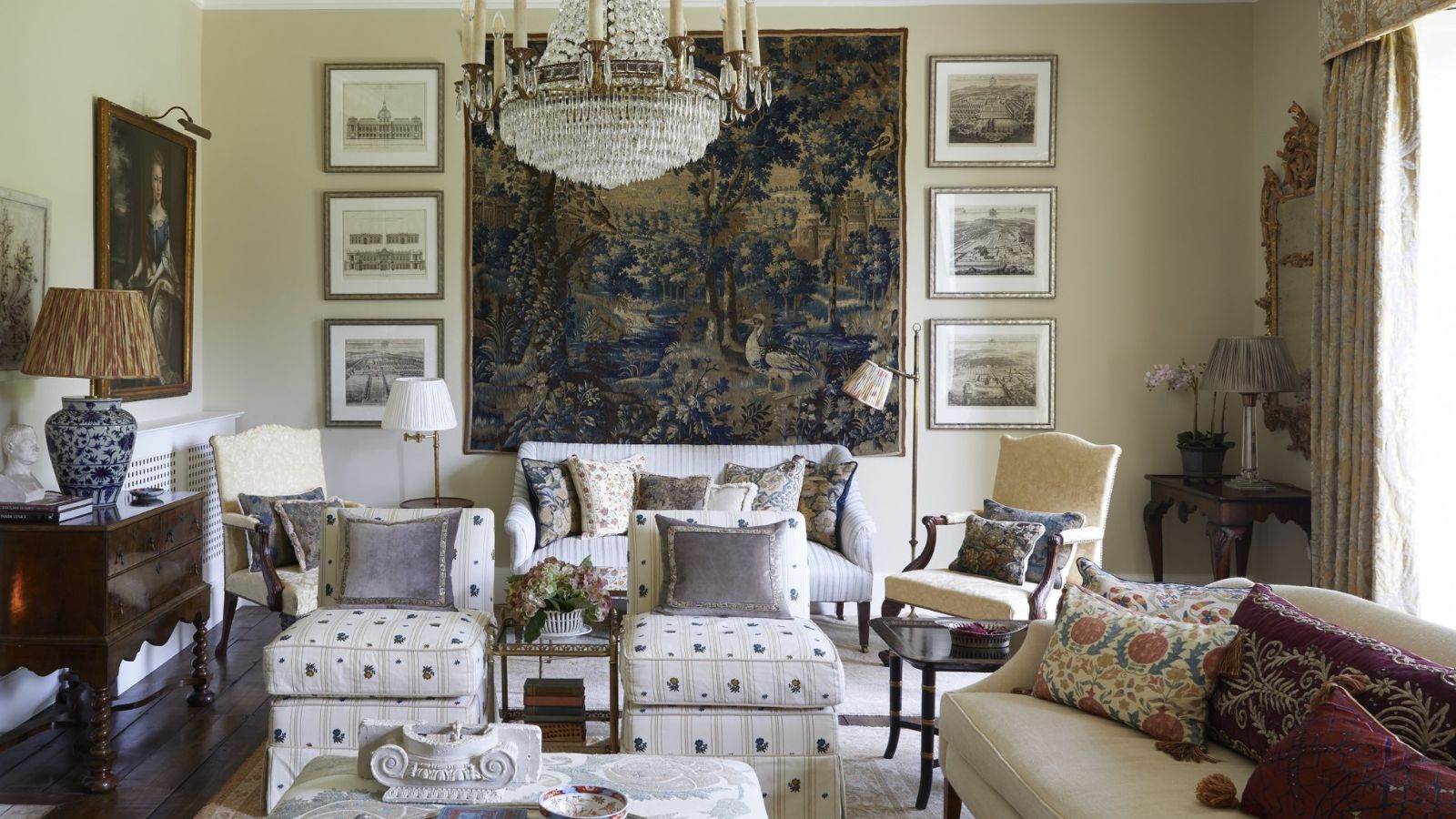 'If it speaks to you, it will find its place' – 5 easy tips for starting a collection of antiques and vintage pieces, suggested by experts with years of experience
'If it speaks to you, it will find its place' – 5 easy tips for starting a collection of antiques and vintage pieces, suggested by experts with years of experienceWhether you're a fan of antique pottery or vintage art, these 5 designer-approved tips will help you build a lasting collection that will create impact and stand the test of time
By Eleanor Richardson
